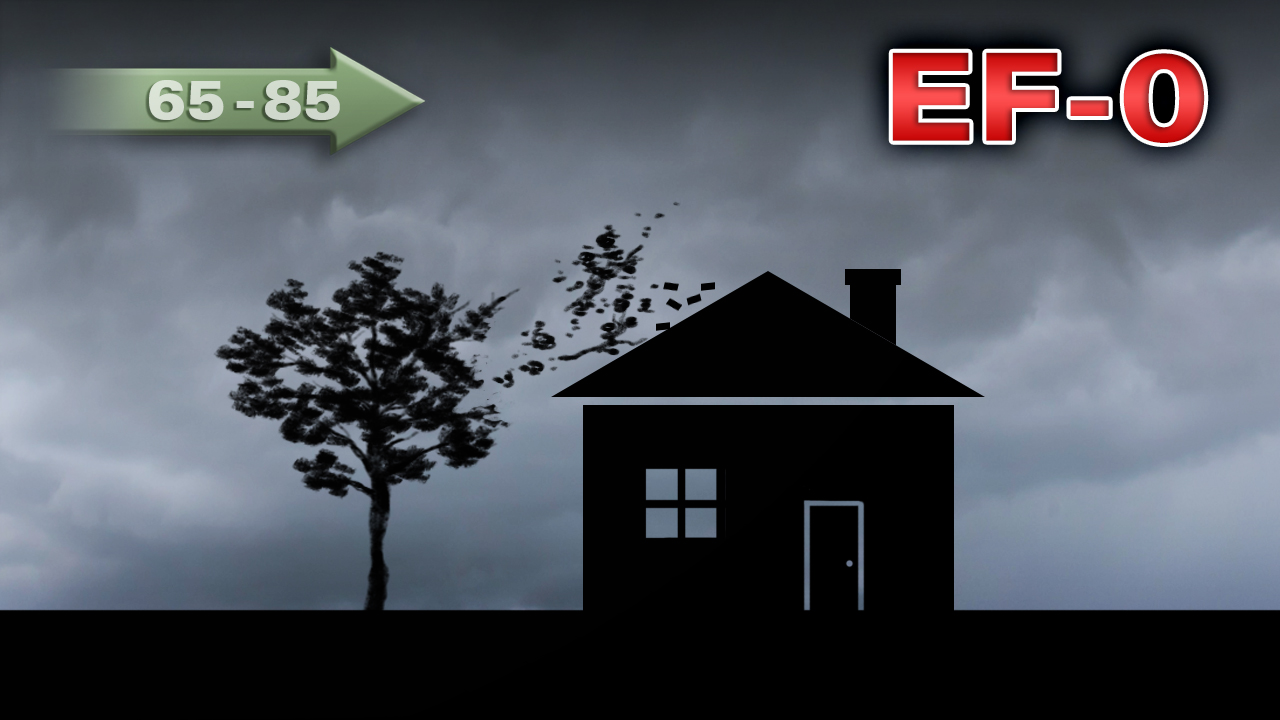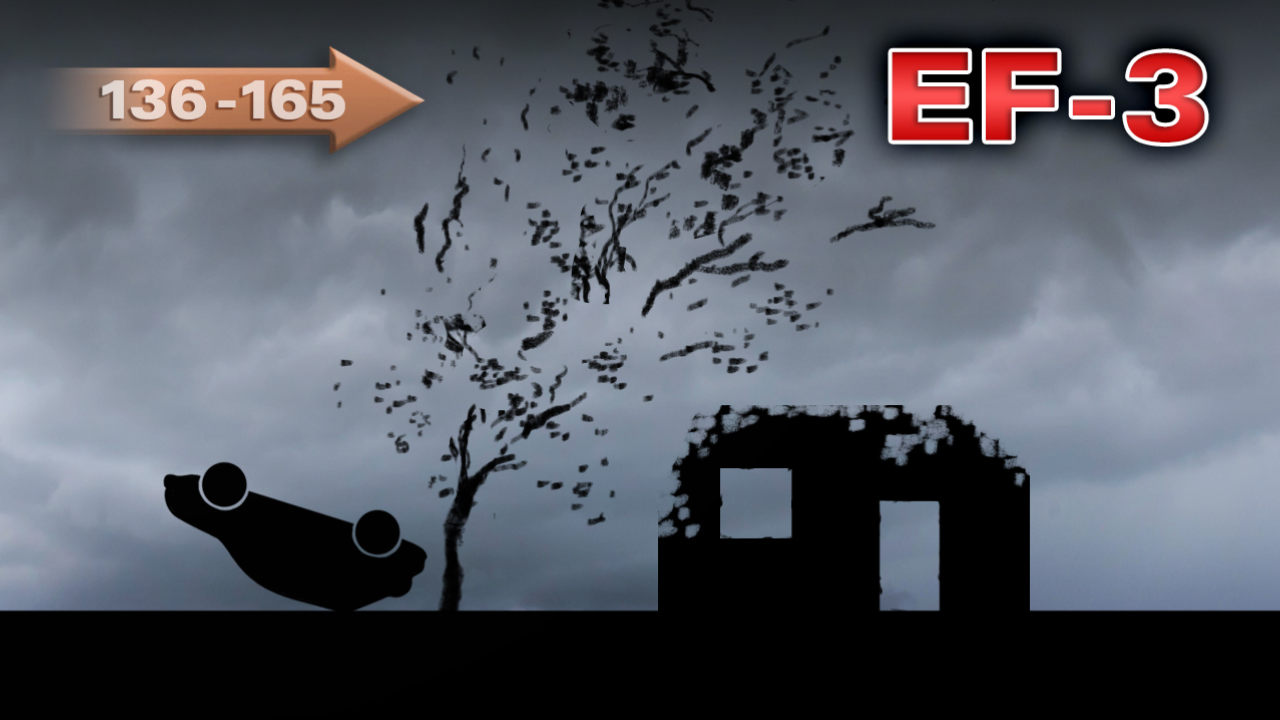Inside the Storm: Searching for tornado strength
After severe weather rolls through a neighborhood, many are left wondering about the strength of a potential tornado.
With severe weather season upon us in Michiana, meteorologists at the National Weather Service (NWS) office in Kosciusko County are getting ready for another spring and summer of storms.
If a twister moves through, meteorologists don’t know the strength of a potential tornado until a team is sent out to survey the damage.
Meteorologist Lonnie fisher, who has been working at the North Webster NWS office since January of 2002, knows how critical this process is and explains how the assessment team determines tornado strength and often times it can be tedious.
Before heading out to the area of damage, they must first report to either the emergency manager or the emergency operating center.
Once they make it out to reported area, the investigation begins. Lonnie says, “we want to find the start and the stop point of whether it’s a tornado or straight-line winds". He continues, “so if the winds are coming from the west heading towards the east, everything will be laid out towards the east.” “If it’s a tornado, they tend to converge or come together..."
That’s why it’s so important for Fisher and his team to get on the ground because sometimes residents make assumptions that aren’t always accurate.
A storm survey crew is not only able to spot the difference between different types of severe weather events but also the strength of a tornado.
Lonnie explains, “The Enhanced Fujita Scale starts out at 65 mph, which is an EF0, and that is your minor damage. You see shingles may be removed. Siding could be damaged or removed. Tree damage, some limbs broken.”
"As the winds increase and you get up into the higher EF levels, EF1 to EF2, you start to see more substantial roof damage. More shingles, more siding taken off; you may have pieces of the actual roofing and plywood taken off. You could trees uprooted or snapped.”
“As you move up to the higher levels 3, 4, and 5, then you start to see more substantial damage. You’ve got only walls standing, whole houses cleaned off, vehicles thrown, all kinds of different things.”
But what if none of these things are around? How can damage assessment teams possibly determine an EF rating with nothing around?
Lonnie says, “In a lot of cases, in a rural area, it is more difficult, and all we may have to work with is trees.” But they use them anyway, along with water pipes and ditches that may be present.
There’s still much to observe and study, but if meteorologists, engineers, and others continue to investigate, it’ll have massive implications regarding the speed and accuracy of tornado assessment, which is still not as fast as some would like.
As forecasting technology and tornado research improves, meteorologists all over the country hope to streamline the damage assessment process so that researchers have a clearer picture of strength of recent tornadoes and the damage that follows.
















